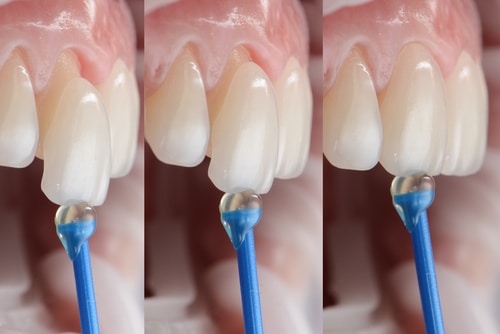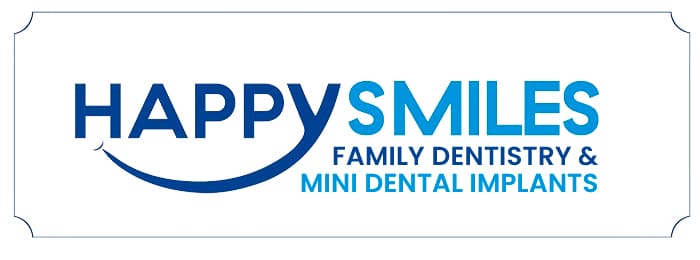When you think of general dentistry, you may first think of teeth cleanings, examinations, and fluoride treatments. While these are typical services at the dentist’s office, treatments for more serious issues are common too. If you have a damaged tooth, you may be in pain and may be prone to getting infections or cavities. The dentist has a few solutions to correct this problem. By placing a veneer on the affected tooth, you can restore your smile and the full use of your mouth.
The trouble with damaged teeth

For many patients, the primary concern with a chipped or broken tooth may be all about aesthetics. This type of damage can be embarrassing, especially if it is on a front tooth that is visible to other people. Certainly, this can affect a smile. But there are health consequences too. A broken tooth can cause intense pain, which can radiate into the jaw and other parts of the face. When a person damages a tooth, there is a greater risk of it deteriorating further and even falling out.
An Overview of Veneers
In general dentistry, dentists can use veneers for a variety of reasons. A dental veneer is a thin shell that attaches to the front of a tooth, similar to how an artificial fingernail works. A veneer is usually made of porcelain and can be made to be the same color shade as the surrounding natural teeth. The veneer bonds to the tooth with dental cement and changes the shape and form of a damaged tooth. It can last for up to 10 years or more, depending on how well the person takes care of it.
Using it to repair damaged teeth
Most commonly, general dentistry uses veneers to fix a tooth that has chipped, cracked, or fractured. This may have happened due to decay or trauma. By placing a veneer on the affected tooth, it covers blemishes and protects the surface of the tooth from additional damage. Before putting on the veneer, the dentist will remove some enamel and reshape the tooth.
As a teeth-whitening procedure
When a person has discolored teeth, it is common to use hydrogen peroxide gel to break down the stains. When the staining is less prevalent or affects a few teeth, general dentistry may recommend covering it with a veneer. The dentist will match the veneer’s color shade with the desired color. This gives the person a stain-free smile.
For crooked teeth
When a patient has a few misaligned teeth, it may make sense to get veneers rather than other treatments. A veneer can make a crooked tooth appear straight and crowded teeth appear evenly spaced. A general dentistry office would use this method for minor misalignments and not severe issues. Veneers will not work well to fix bite dysfunctions either.
